
Rupina La Pass 4,520 m is regarded to be one of the most challenging trekking destinations in the Manaslu region. This trek provides an opportunity to explore the unique landscapes of rocky and snowy hills and the diverse culture and lifestyles of people. This trek is the very least explored area in the western part of the country. While we do the Rupal Pass trek, we must be prepared for camping trekking because this area was opened just a few years ago, so the lodges are unavailable. Rupal Pass Manaslu circuit trek provides maximum rewards of mountains, culture, tradition, Flora, and Fauna experiences.
This trek starts from the lowland and takes you higher on the lap of mountains through rocky, sloppy, hilly, terraced fields, alpine forest, eight highest Mountain Manaslu 8,163m, Glacier Base camp, tremendous glacier, highland landscape, the longest pass Larkela 5,160m, then down to the most fabulous pastureland Bhimtang village to the Dharapani village alongside the Marsyangdi River. And overland drives back to Kathmandu.
Permits:
September to November: USD 100 per person for the first 7 days, then USD 15 per day thereafter.
December to August: USD 75 per person for the first 7 days, then USD 10 per day thereafter.
Manaslu Conservation Area Permit (MCAP): Required for entering the Manaslu Conservation Area, which costs USD 30 per person.
Annapurna Conservation Area Permit (ACAP): Annapurna Conservation Area ( from Dharapani onwards) that Cost: USD 30 per person.
Best time to trek into the Rupinala Manaslu Circuit:
Autumn (September - November): Widely considered the best time. The weather is generally stable, with clear skies, comfortable temperatures, and excellent mountain views. Trails are not dusty, and the nights are clear for stargazing. However, it's very crowded.
Spring (March - May): Another excellent period. You'll witness blooming rhododendrons and other wildflowers, with pleasant temperatures and good visibility. Crowds are generally slightly less than in autumn.
Winter (December - February): Possible for trekking but challenging. The higher elevations will be covered with high snow and can be extremely cold. The pass might even be closed due to heavy snowfall.
Monsoon (June-August): We do not recommend this trek due to heavy rainfall, muddy and slippery trails, flooded river streams, leeches, limited visibility, and the risk of landslides.
- Rupinala Pass is completely based on a Camping Trek ( Fully outfitted trekking)
- Lodge or hotel accommodation begins from Nyagphedi ( onward to the Manaslu Circuit)


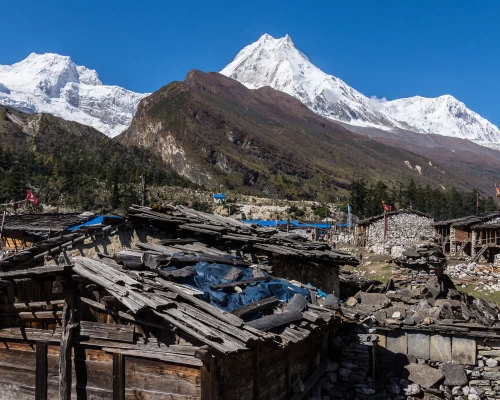
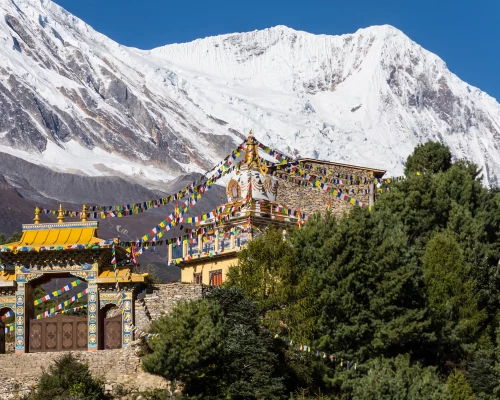
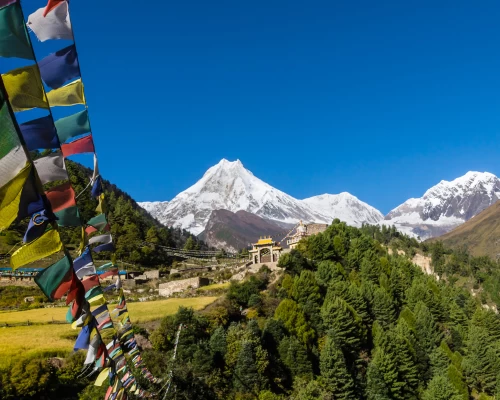
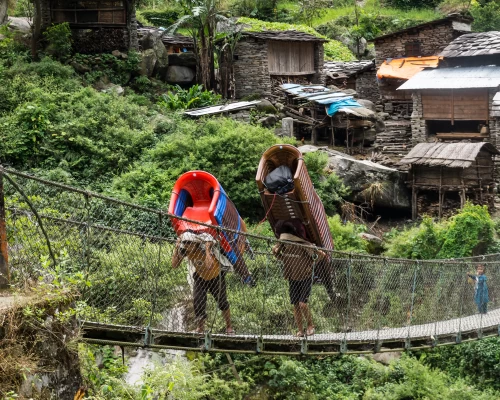
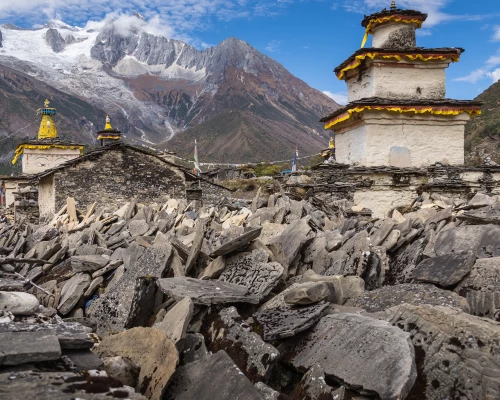
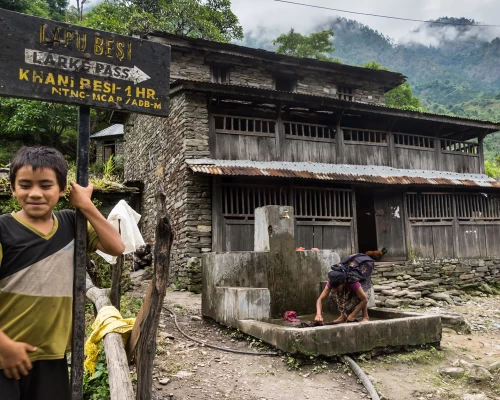
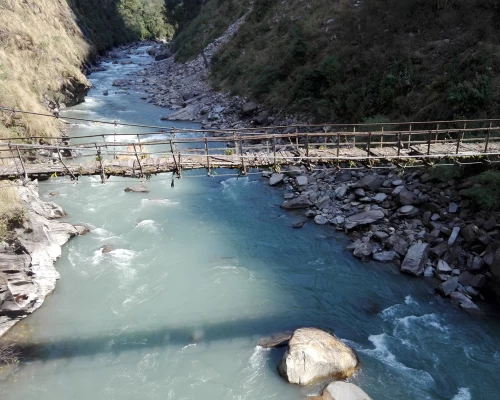
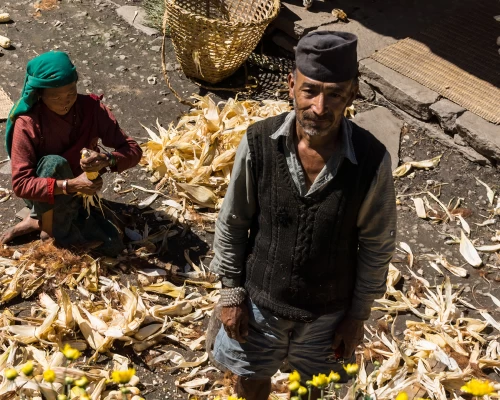
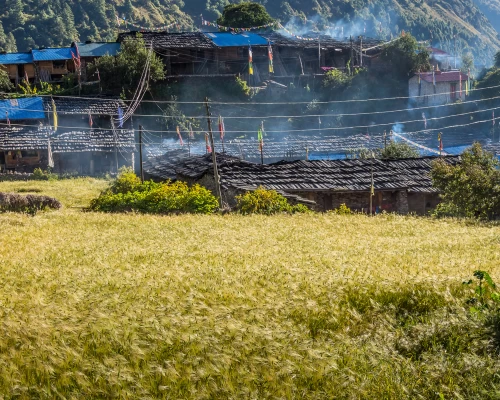
 You will begin trekking towards Mandre Village leaving Baluwa behind. You will walk on the steep trail and further go through a dense forest. You will reach a small plateau where you will take a short break to have lunch. You will then ascend towards the steep hill along with the views of massive peaks covered in snow. You will reach Barpak and walking through the big central market, you will trek toward the terraced pasture. Stay overnight in the tent.
You will begin trekking towards Mandre Village leaving Baluwa behind. You will walk on the steep trail and further go through a dense forest. You will reach a small plateau where you will take a short break to have lunch. You will then ascend towards the steep hill along with the views of massive peaks covered in snow. You will reach Barpak and walking through the big central market, you will trek toward the terraced pasture. Stay overnight in the tent.




 You have to start your trek around 3:00 AM due to the wind. If you arrive late at the pass, then it is very windy, so most of the trekkers begin earlier. The trail is not strongly steep but gradually upwards and very long to the pass. After the pass, it descends to the Manang Valley with mind-blowing views of different mountains. It is quite an enjoyable trail to descend, however takes a very long time to get to Bhimtang. The destination seems closer, however it is quite a long and tough walking until you arrive at the place. The hotel offers very nice and clean rooms with a very comfortable warm dining hall.
You have to start your trek around 3:00 AM due to the wind. If you arrive late at the pass, then it is very windy, so most of the trekkers begin earlier. The trail is not strongly steep but gradually upwards and very long to the pass. After the pass, it descends to the Manang Valley with mind-blowing views of different mountains. It is quite an enjoyable trail to descend, however takes a very long time to get to Bhimtang. The destination seems closer, however it is quite a long and tough walking until you arrive at the place. The hotel offers very nice and clean rooms with a very comfortable warm dining hall.



